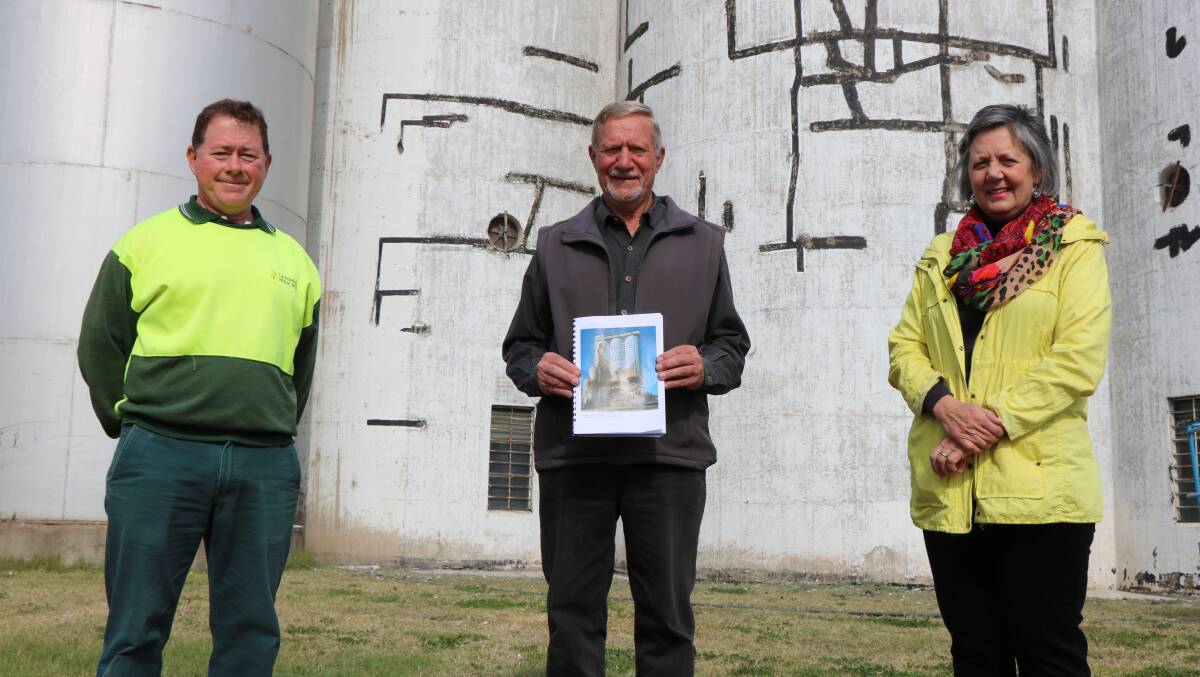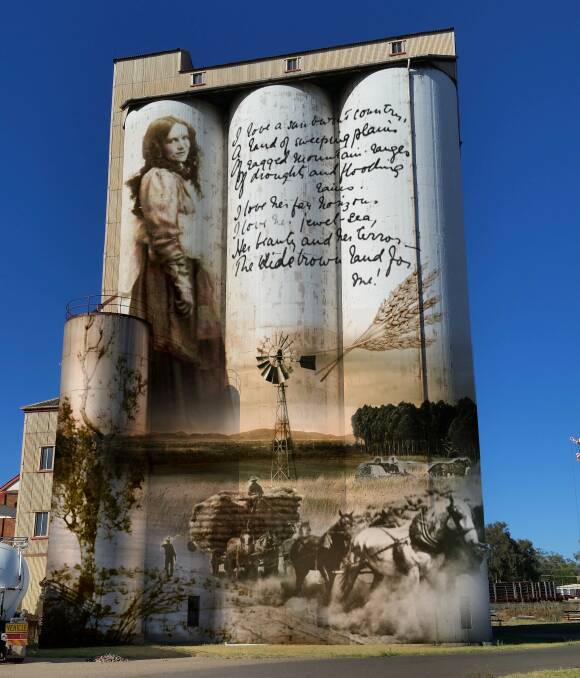
Like many other things, COVID-19 is delaying the progress of the Gunnedah Maize Mill mural project.
Subscribe now for unlimited access.
or signup to continue reading
Border closures are preventing Melbourne-based street artist, Khrelbaataryn Khosnaran aka Heesco, from entering NSW to begin the work, and it is unknown when he might be able to travel here.
Repairs are also being completed on the mill itself by owner Stephen Dangerfield, but this will be complete within a fortnight, according to Dorothea Mackellar Memorial Society member Owen Hasler.
READ ALSO:
Cr Hasler said because arts and cultural activities weren't considered essential services, Heesco wasn't eligible to cross the border.
"He's keen to get on with that work and has a young family, and he, like all of us, need an income and would like to start on his contracts he's agreed to undertake," he said.
"COVID is causing concerns but we thought if he was tested ... we were hoping he could travel here, undertake two weeks of quarantine, then commence work.
"This means it would take two months longer than the time he was meant to be here but that's an expense we're happy to cover especially considering the difficulties people like him are facing when travelling interstate."

The society member said he understood that locals shouldn't be complacent when it came to the pandemic, but if people were prepared to go through the quarantine process, they should be given the opportunity to cross the state line.
"[Heesco would] have minimal interaction with other people while he's here, because he'll spend most of his time on a boom lift up in the air," Cr Hasler said.
"Getting him here so he can commence is our priority because I know a lot of people in the community are interested and are asking a lot of questions."
He said Heesco was working with his lawyer and the government "to see if there is an avenue for him to make the journey".
"We're hoping to complete it by Christmas - that's our ultimate objective," he said.
The maize mill will be the canvas for the 29-metre tall mural, which will feature late poet Dorothea Mackellar, the second verse from her famous poem My Country, a horse-drawn wagon, maize, a windmill and farming equipment on the northern side.
The $70,500 project is funded by the federal government's Drought Communities Program.



